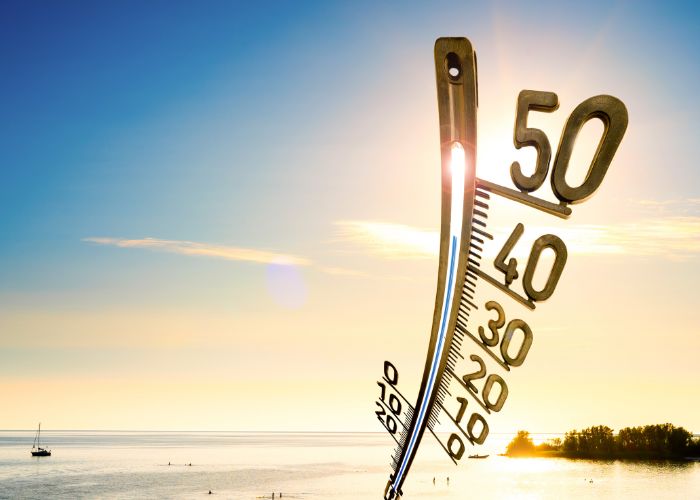MADRID – Jorge Rey became famous with his prediction of the arrival of the storm ‘Filomena’ in January 2021. And the young man is not a meteorologist, but makes his predictions according to the traditional method of the ‘cabañuelas’.
Now he warns: “It’s coming now”, referring to the consequences of the ‘La Niña’ and ‘El Niño’ phenomena. Rey combines his knowledge of the traditional method with that of scientific meteorological models. This makes it possible for him to estimate in advance the arrival of extreme climatic phenomena.
Jorge Rey has thousands of followers on his social networks Youtube, Facebook and Twitter. There he had been anticipating the successive storms that have occurred so far in 2023 for weeks. He was right about the sudden weather changes in January and February and also actively predicted the wide variation in temperatures in March.
This week Rey warned of the effects that the ‘El Niño’ phenomenon could have in Spain. “It will have its consequences,” he predicted.
‘La Niña’: Cyclones and a busy winter
From the Traditional Meteorological Organisation (OMET) Jorge Rey spoke about the consequences of the change from ‘La Niña’ to ‘El Niño’. This meteorological phenomenon occurs from time to time. The last time it happened, was in 2017. Then, it caused a heat wave in Spain with temperatures reaching 45°C.
El Niño is a climate phenomenon that typically occurs every few years around the equator in the Pacific Ocean. It causes abnormal warming of surface waters in the central and eastern tropical Pacific oceans. This can cause significant changes in global weather patterns. It usually brings extreme cold storms in winter and strong heat waves in summer.
Jorge Rey points to the devastating effects of Cyclone Freddy, “one of the longest-lived storms on record in the world.” With wind gusts of 260 km/h, it had serious consequences in areas of the southern hemisphere, such as Madagascar, at the end of February.
But also the phenomenon ‘La Niña’ is responsible for the cold and long winter we had in Spain. “A very varied winter, with a lot of snowfall and cold,” the young man recalls. “But now ‘La Niña’ is weakening and ‘El Niño’ is coming, which will bring a lot of heat and drought.
Jorge Rey explained that phenomena such as Cyclone Freddy occur “when there are long periods of ‘La Niña'”. This had been going on since September 2020, “but now it is weakening and giving way to ‘El Niño’. In the coming months, he says, we will experience the consequences of this change.
El Niño usually causes extreme heat waves in Europe and especially in the southern zone, including the Iberian Peninsula. Not only Jorge Rey but also other meteorologists foresee a second half of the year with scorching heat with temperatures above 45ºC and persistent drought.
But after the summer, El Niño will also bring cold and snow storms like those of early 2021 in the coming winter. In this case, experts predict a winter of 2023-2024 with strong storms. So there is a good chance that we will go from extreme heat to the most intense cold.
Concern among experts
Experts are particularly concerned about the serious drought problem that Spain has been struggling with for some time. The winter has been long and cold, but it hasn’t rained enough to cure the drought. April will be rainy only in the western half of the country. Areas such as Catalonia, the Valencian Community, Murcia and Eastern Andalucia will experience a warmer and drier spring than usual. Therefore, that will only prolong the current drought. The reservoirs will remain below their average capacity for the time of year this spring with a hot summer ahead.
Related post: Water restrictions in Catalonia affect up to 6 million people


